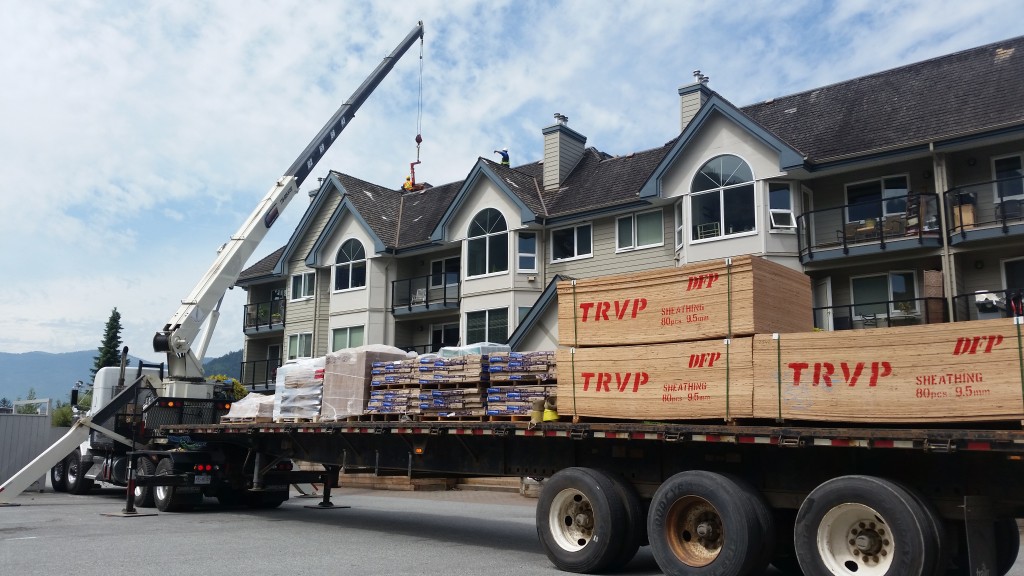
Did you know that the cost of a roof installation is significantly impacted by the timing? While it’s true that roofing contractors are available year-round, customers should be aware of the “hidden” costs of roofing that impact installation and repair costs during roofers’ peak season. Sometimes, homeowners have little choice but to repair or replace their roof because significant damage has put their home at risk; for example, a severe storm can damage even the best maintained roof. Nevertheless, as a homeowner, you should know that roofers charge more during the peak season. So then, when is the best time to install a roof?
First, let’s discuss a very important truth – ideally, you will have the opportunity to carefully plan your roof replacement. But how can you know when your roof will need replacement? There isn’t a secret recipe or formula to follow. In fact, if you speak to any roofer with even the least bit of experience, they’ll tell you to schedule regular inspections of your roof so that you can better predict when you’ll need replacement. A regular inspection and maintenance schedule for your roof allows your roofing contractor to identify and repair minor damage while also ensuring your roof and roofing structures are in good condition.
Without regular roof maintenance, it can be nearly impossible to guess when your roof needs repair. You may say, “but, I installed a new roof 10 years ago, shouldn’t it last another 10 or 15 before I need to worry?” While the lifespan of many roofs is expected to be 20-25 years depending on materials and the type of roof installed, many other factors may impact its lifespan. Exposure to sun and extreme weather, installation failures, and poor ventilation are just a few of the factors that impact the life expectancy of your roof. As such, it is very important to work closely with a roofer to ensure proper maintenance and ongoing repairs to keep your roof in optimal condition.
When your roofer provides regular maintenance they can also help you plan for your roofing installation. Ultimately, the offseason is the best time to replace your roof. Roofers are usually busiest during the dry season or whenever weather is most predictable. During the harshest weather seasons (usually winter), emergency repairs and unpredictable weather make roofing work challenging and expensive. Safe and efficient roofing installation is most likely when the weather is dry, winds are low, and temperatures are cooling down. During the peak season, even roofing materials are more expensive. Still, it’s important to know that even the slowest time of year for roofers can bring added costs. Winter months tend to be quiet for roofers, but inclement weather poses significant risks for roofers and this will likely translate to increased costs.
As you can see, finding the perfect time to replace your roof requires careful consideration of a roofer’s availability, the cost of materials at that time of year, and even the impact of weather during roofing installation. As such, careful planning made possible through regular maintenance and inspections will help you identify the best time for roofing installation.

